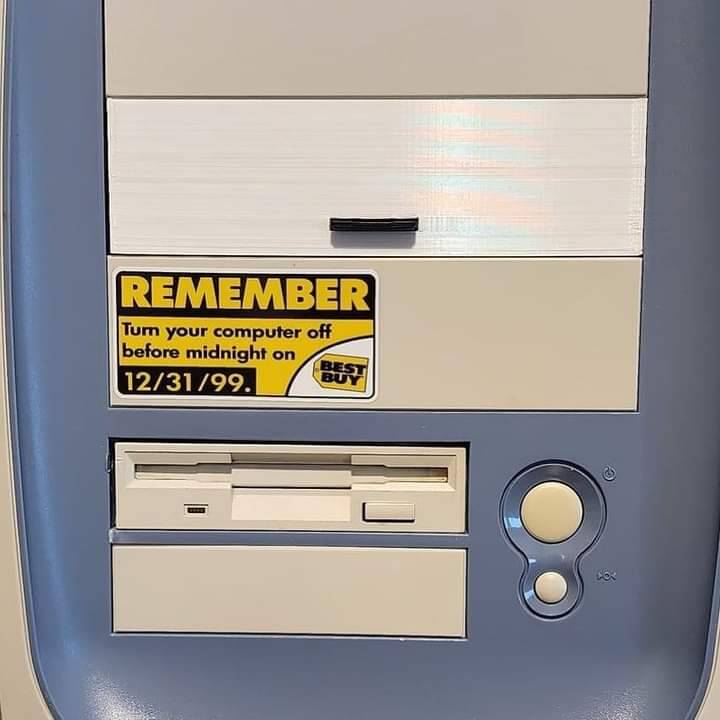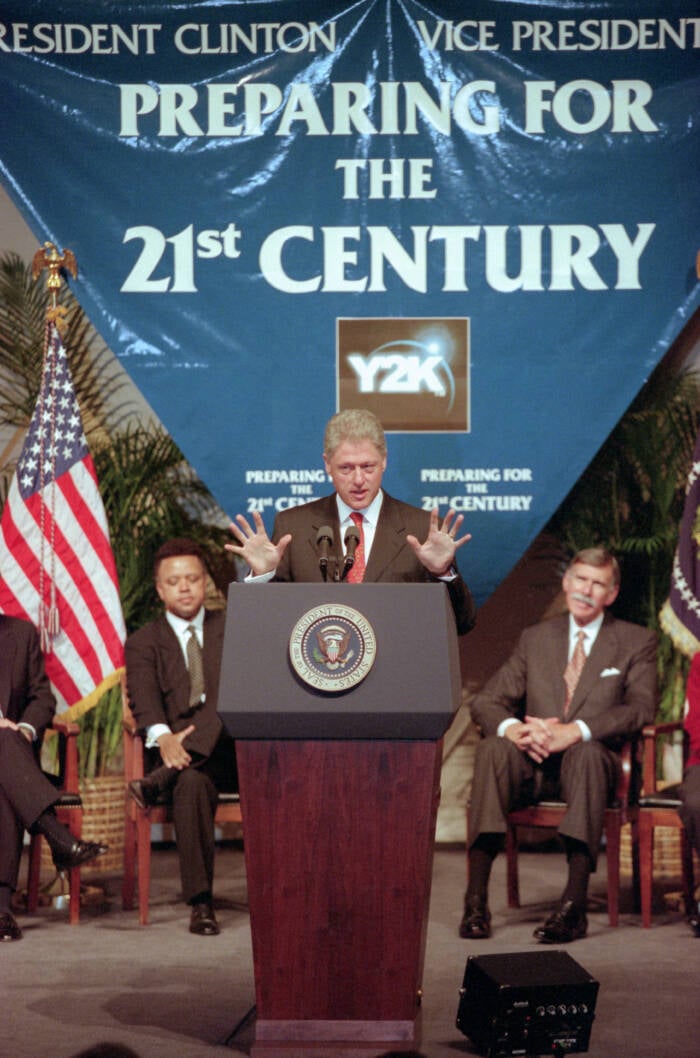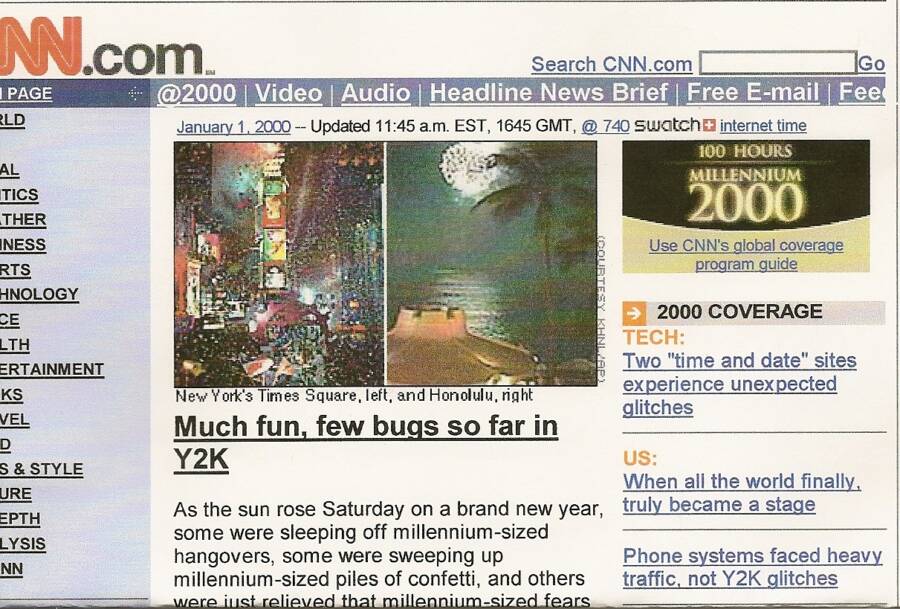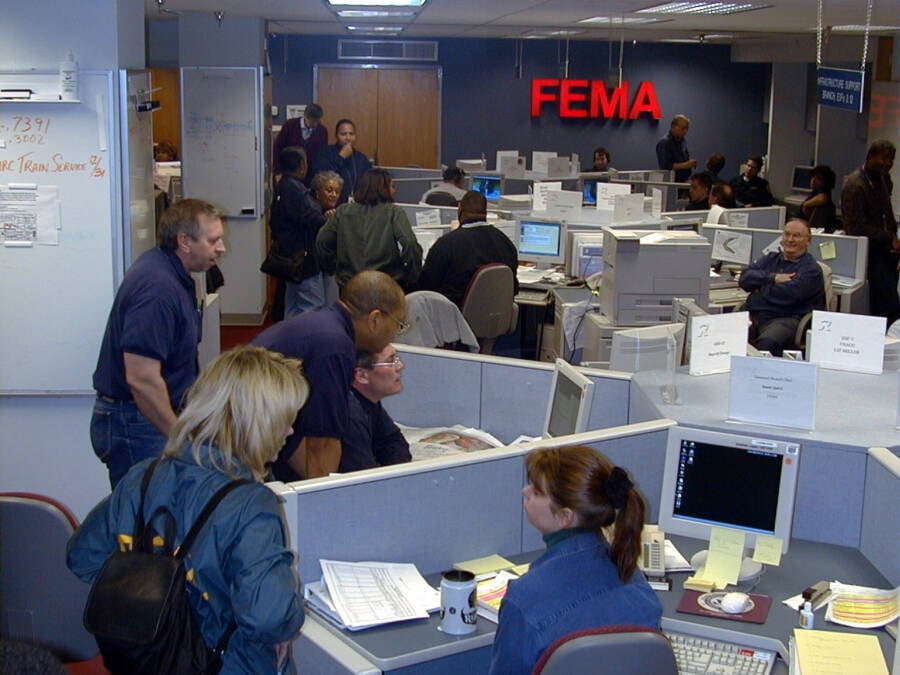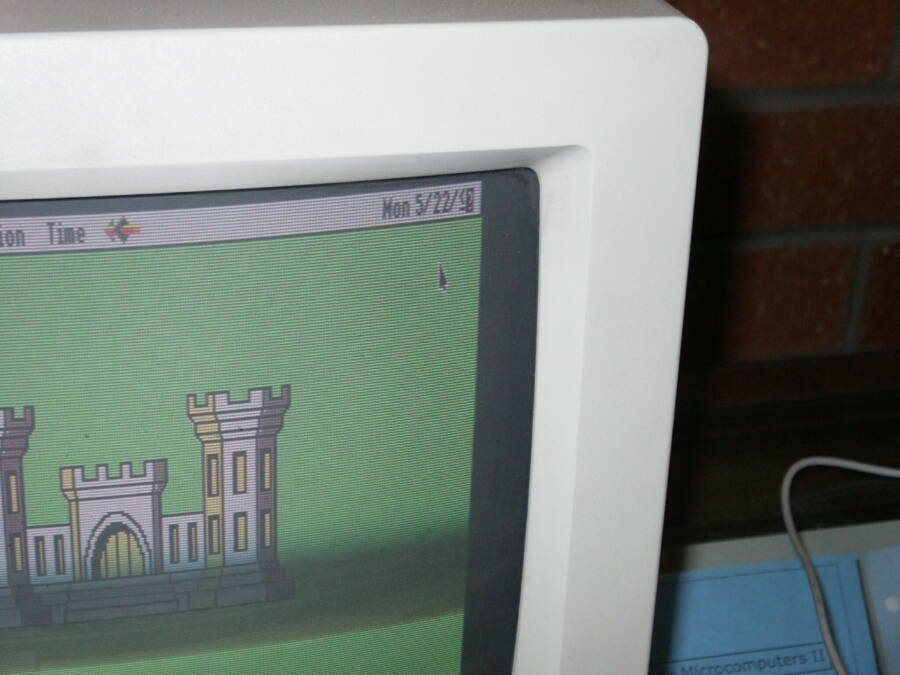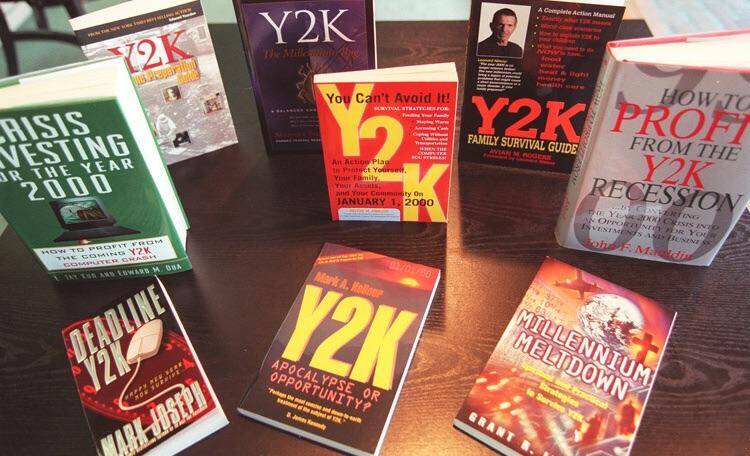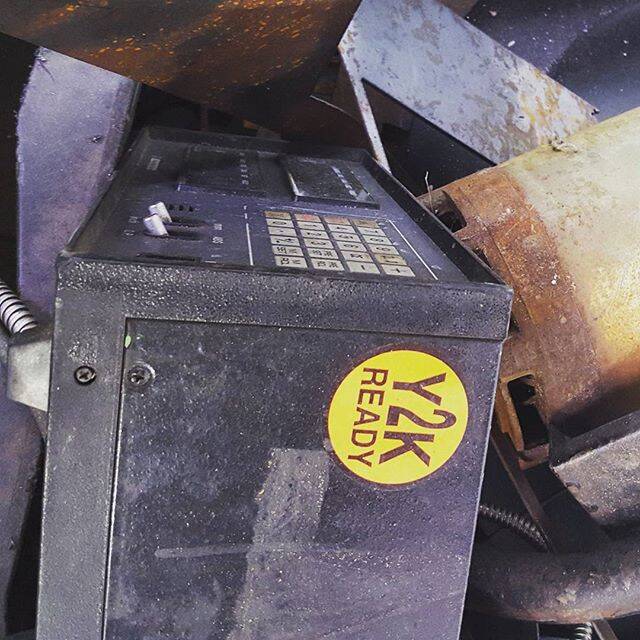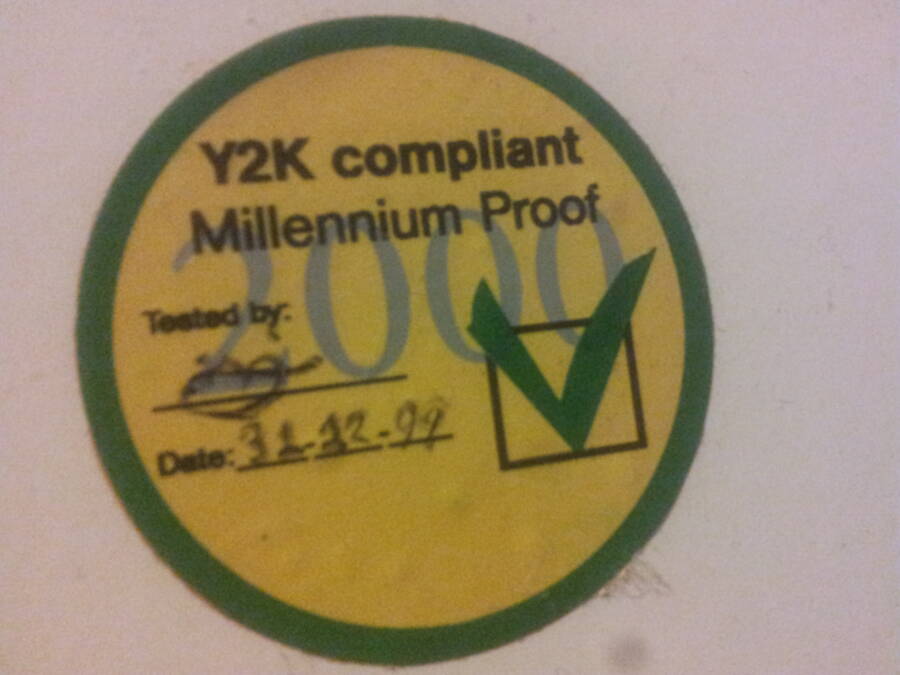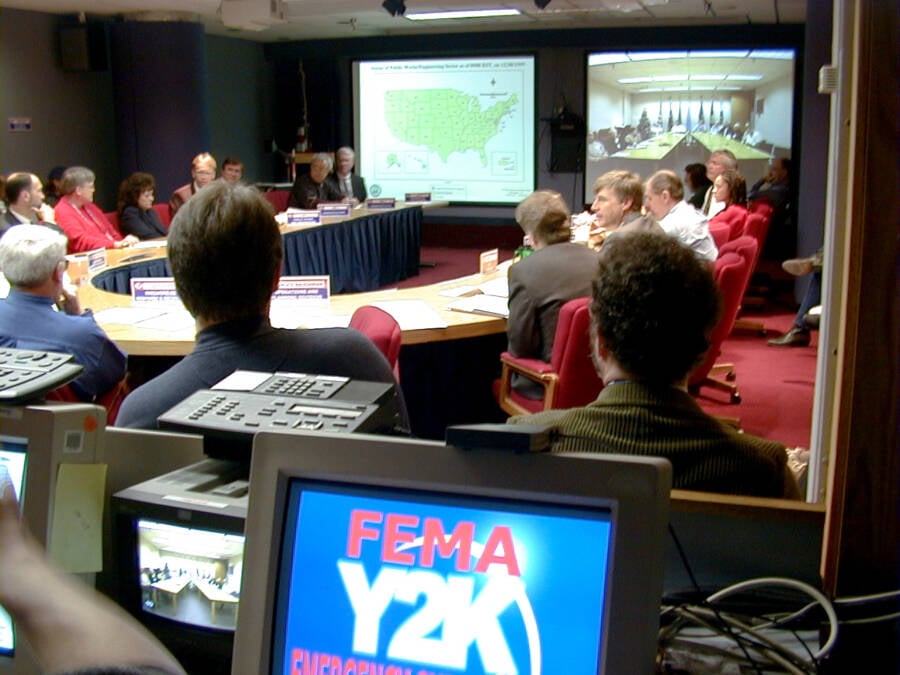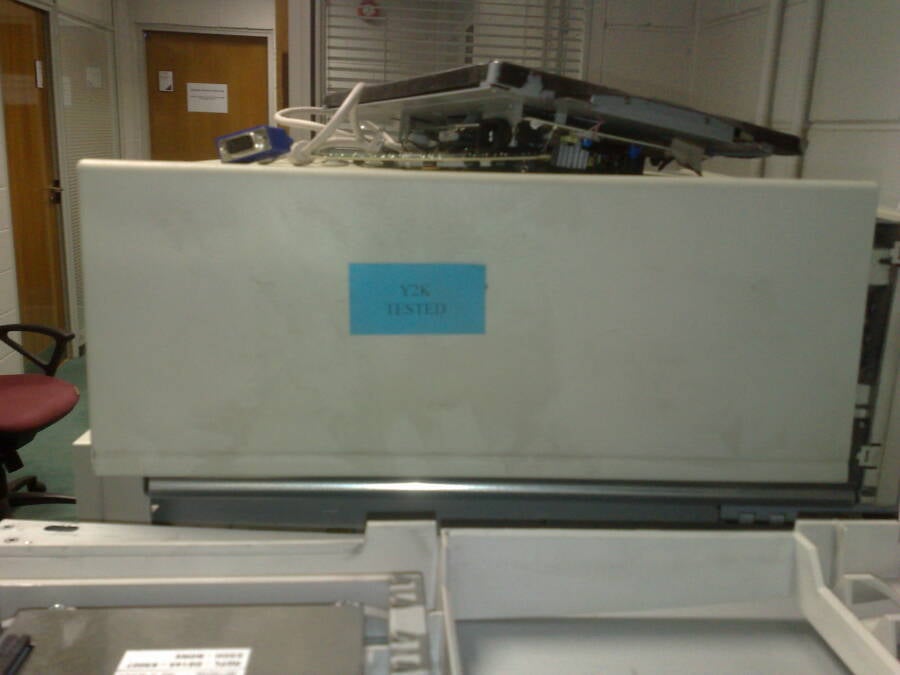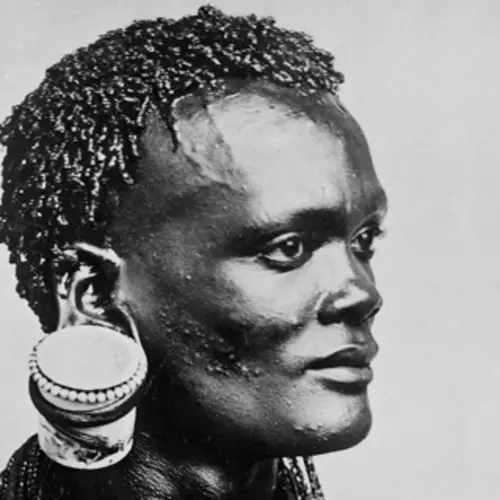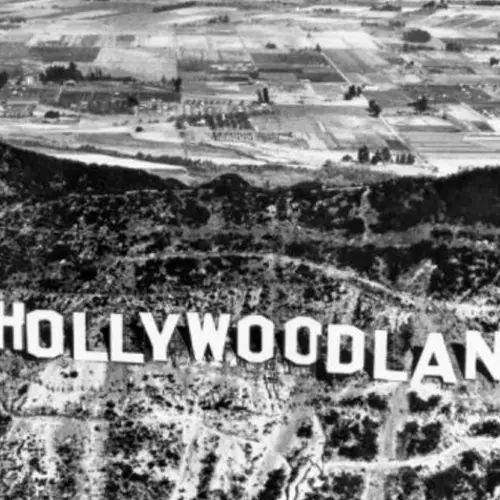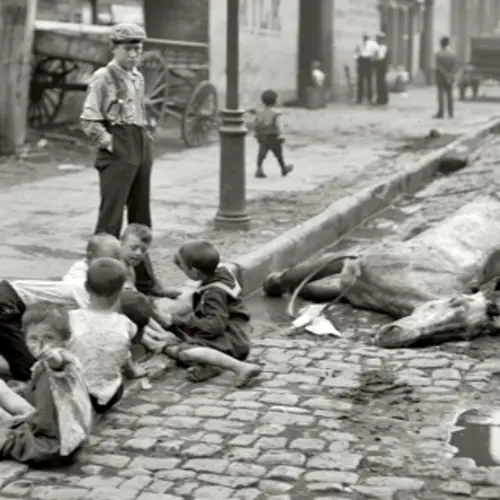In 1999, many worried that the world's computers couldn't handle the change to the year 2000 — and some even thought that the apocalypse was near.
Today, “Y2K” often refers to a popular fashion choice that resembles the styles that were worn in the early 2000s. However, that term stems from what was once a very real concern about the turn of the millennium and how that would affect computer networks around the world.
See, 25 years ago, many people — and government agencies like FEMA — grew increasingly worried as January 1, 2000 approached that computer systems wouldn’t be able to handle the change from the year 1999 to 2000. Some feared that the world’s computers would be so overwhelmed by the change in coding that they would crash, shut down, or fail entirely.
By this point, many businesses in the developed world were already dependent on computers. This led to fears that every computer would crash in the year 2000, leading to pandemonium. Banks would fail, planes would fall out of the sky, and the world would be plunged into chaos, all because computer programmers had seemingly failed to think far enough ahead.
Although this might seem a bit silly in hindsight, there was a very real media frenzy and societal panic about Y2K — and those concerns might not have been totally invalid. Behind the scenes, programmers were fervently working on correcting numerous issues with computer systems, and government agencies were preparing to stand by in case disaster struck.
Thankfully, the doomsday predictions never came to pass, and the world entered the year 2000 as it had every year before it. But to truly understand how widespread this paranoia was, check out our gallery of 33 Y2K photos below and see for yourself how anxious this transitional period had been:
Why People Across The World Were Worried About The Y2K Bug
The millennium bug, or the Year 2000 bug, is commonly abbreviated as Y2K. It was, at its most basic level, a concern about potential issues with computers as the dates in their systems moved from 1999 to 2000. One major factor for this concern was how computers of the era stored dates in their memory. Mind you, despite being much larger than most of today's computer hardware, the amount of storage on machines in the late 1990s was vastly inferior to even a discount laptop on the market today.
Computer storage was also expensive. One way that software developers reduced the total amount of storage needed by the system software and operating systems was by using as few numbers as possible to represent the date, displaying just the last two digits of the year. So, March 3, 1998 would appear as "03/03/98." As the turn of the millennium approached, there were worries that the numbers going from "99" to "00" would confuse the system, perhaps making it think the year was 1900 instead of 2000.
By then, nearly every important institution in the developed world was using computers to operate. It wasn't just office jobs that would have been affected, though — the millennium bug could have also hypothetically affected things like medical equipment, power plants, thermostats, elevators, home appliances, and dozens of other devices.

Richard Ellis/Alamy Stock PhotoU.S. President Bill Clinton discussing the Y2K problem at a press event.
From a technological point of view, these concerns were valid, and that's why many programmers quickly got to work with implementing fixes. But the ensuing mass panic was heightened by, as Forbes notes, religious concerns.
"Y2K may be God's instrument to shake this nation, to humble this nation," proclaimed the televangelist Jerry Falwell. Falwell then used the fear around the Y2K problem to sell $28 copies of a video entitled A Christian's Guide to the Millennium Bug. Falwell wasn't alone in stoking the fire of religious fears related to Y2K, but piling on to the much more grounded fears around the turn of the millennium certainly didn't help the growing panic.
Still, the issue was too large to ignore, and in December 1998, the United Nations gathered for an international conference to address Y2K and how to handle it, leading to the International Y2K Cooperation Center. Meanwhile, some businesses continued to capitalize on the widespread fears. Film companies produced Y2K "survival" videos, and others began to sell Y2K emergency kits outfitted with flashlights, compasses, and abacuses.
Then, as December 31, 1999 came to an end, the world switched over to the year 2000. There were small issues that arose — bus tickets with the wrong date, a satellite running on a backup system for a while, some receipts that said 1900 instead of 2000 — but for the most part, disaster was avoided. Most people were relieved. Some who had prepared for the apocalypse may have been disappointed at time wasted, but for the most part, the world moved on with a slight embarrassment of having worried so much.
There are still many today, however, who say that the Y2K problem was a valid concern, avoided thanks to the hard work of a small group of people. At the very least, it forced governments and businesses to work on upgrading their systems — and when real tragedy struck on September 11, 2001, some of those preparations proved to be useful in the face of a crisis.
After this deep dive into the Y2K problem, go inside the invention of the internet. Then, learn about history's oldest computer.
